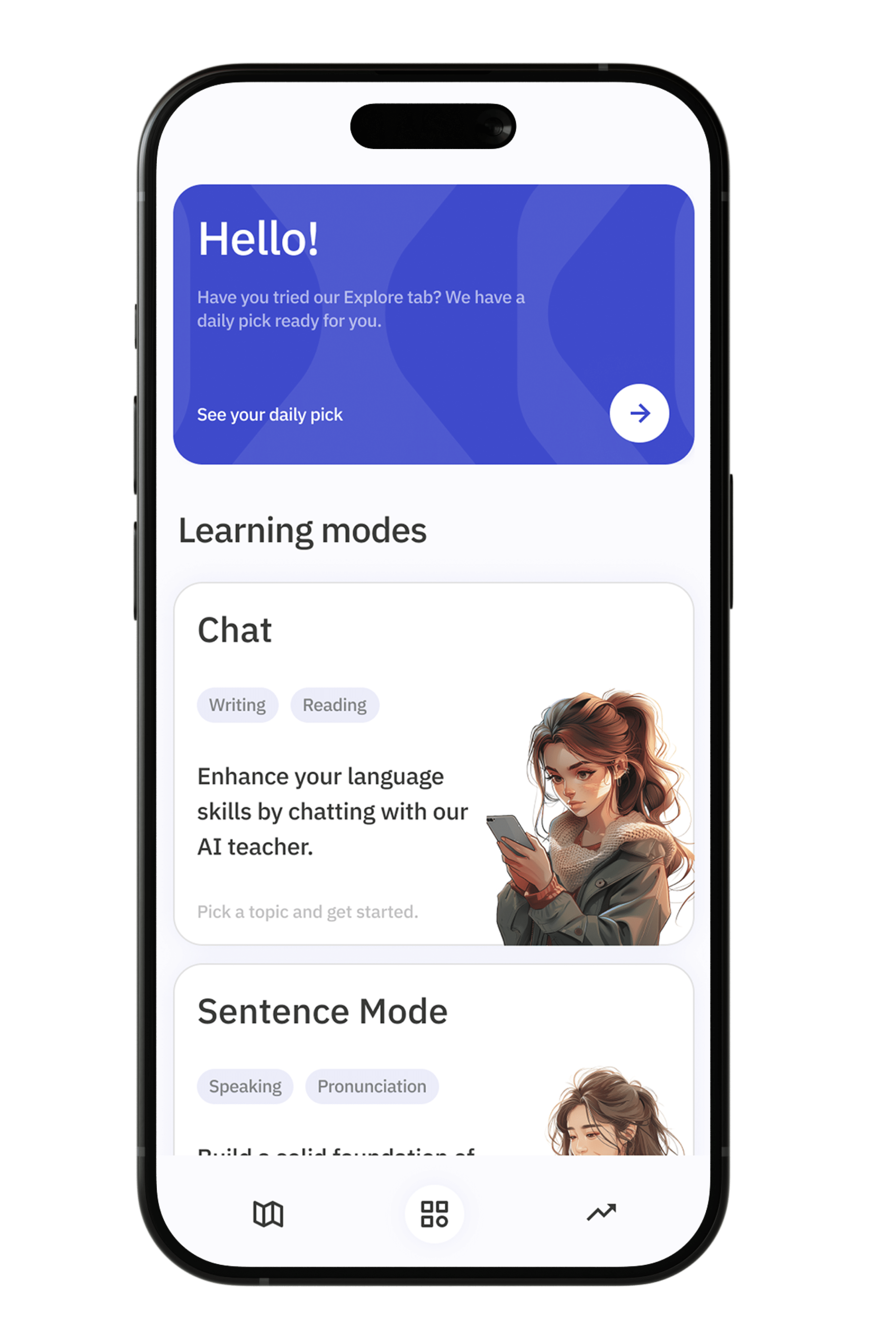Pick a language and start learning!
Demonstrative pronouns Exercises in Spanish language

Demonstrative pronouns in Spanish, such as "este," "ese," and "aquel," play a crucial role in effective communication by specifying the location of a noun in relation to the speaker. These pronouns help clarify whether something is near the speaker, near the listener, or further away from both. For instance, "este" (this) is used for objects close to the speaker, "ese" (that) for objects near the listener, and "aquel" (that over there) for objects far from both. Mastering these pronouns is essential for accurately conveying meaning and ensuring that your listeners understand exactly what you are referring to.
Understanding and correctly using demonstrative pronouns can significantly enhance your Spanish language proficiency. These pronouns not only help in pinpointing specific items or people in a conversation but also add nuance to your descriptions, making your speech more precise and dynamic. By practicing with a variety of sentences and contexts, you can become adept at choosing the appropriate pronoun based on distance and context. Dive into the exercises provided and start honing your skills to become more confident in your use of Spanish demonstrative pronouns.
Exercise 1
<p>1. *Este* libro es muy interesante (this book).</p>
<p>2. *Ese* coche es más rápido que el mío (that car over there).</p>
<p>3. *Aquel* edificio es muy antiguo (that building far away).</p>
<p>4. *Esta* casa tiene un jardín hermoso (this house).</p>
<p>5. *Esos* zapatos son muy caros (those shoes over there).</p>
<p>6. *Aquellos* árboles son muy altos (those trees far away).</p>
<p>7. *Estos* niños juegan en el parque (these children).</p>
<p>8. *Ese* perro es muy amigable (that dog over there).</p>
<p>9. *Aquel* río es muy largo (that river far away).</p>
<p>10. *Esta* computadora es nueva (this computer).</p>
Exercise 2
<p>1. *Ese* libro es muy interesante (this book over there).</p>
<p>2. *Esta* casa es más grande que la tuya (this house here).</p>
<p>3. Prefiero *aquellos* zapatos en la tienda (those shoes way over there).</p>
<p>4. *Este* coche es muy rápido (this car here).</p>
<p>5. ¿Te gusta *esa* película que vimos anoche? (that movie we saw last night).</p>
<p>6. *Aquella* montaña es la más alta de la región (that mountain far away).</p>
<p>7. *Estas* flores son muy bonitas (these flowers here).</p>
<p>8. No me gusta *ese* restaurante en la esquina (that restaurant over there).</p>
<p>9. *Esos* niños juegan en el parque todos los días (those kids over there).</p>
<p>10. *Aquellos* árboles son muy antiguos (those trees way over there).</p>
Exercise 3
<p>1. *Este* libro es muy interesante (near the speaker).</p>
<p>2. *Esa* chica es muy simpática (near the listener).</p>
<p>3. *Aquel* edificio es muy alto (far from both speaker and listener).</p>
<p>4. ¿Puedes pasarme *estos* documentos? (near the speaker, plural).</p>
<p>5. *Esos* zapatos son muy caros (near the listener, plural).</p>
<p>6. *Aquellos* coches son muy rápidos (far from both speaker and listener, plural).</p>
<p>7. *Esta* manzana está deliciosa (near the speaker, feminine).</p>
<p>8. *Esa* computadora es nueva (near the listener, feminine).</p>
<p>9. *Aquella* montaña es muy alta (far from both speaker and listener, feminine).</p>
<p>10. *Estos* perros son muy amigables (near the speaker, plural).</p>






